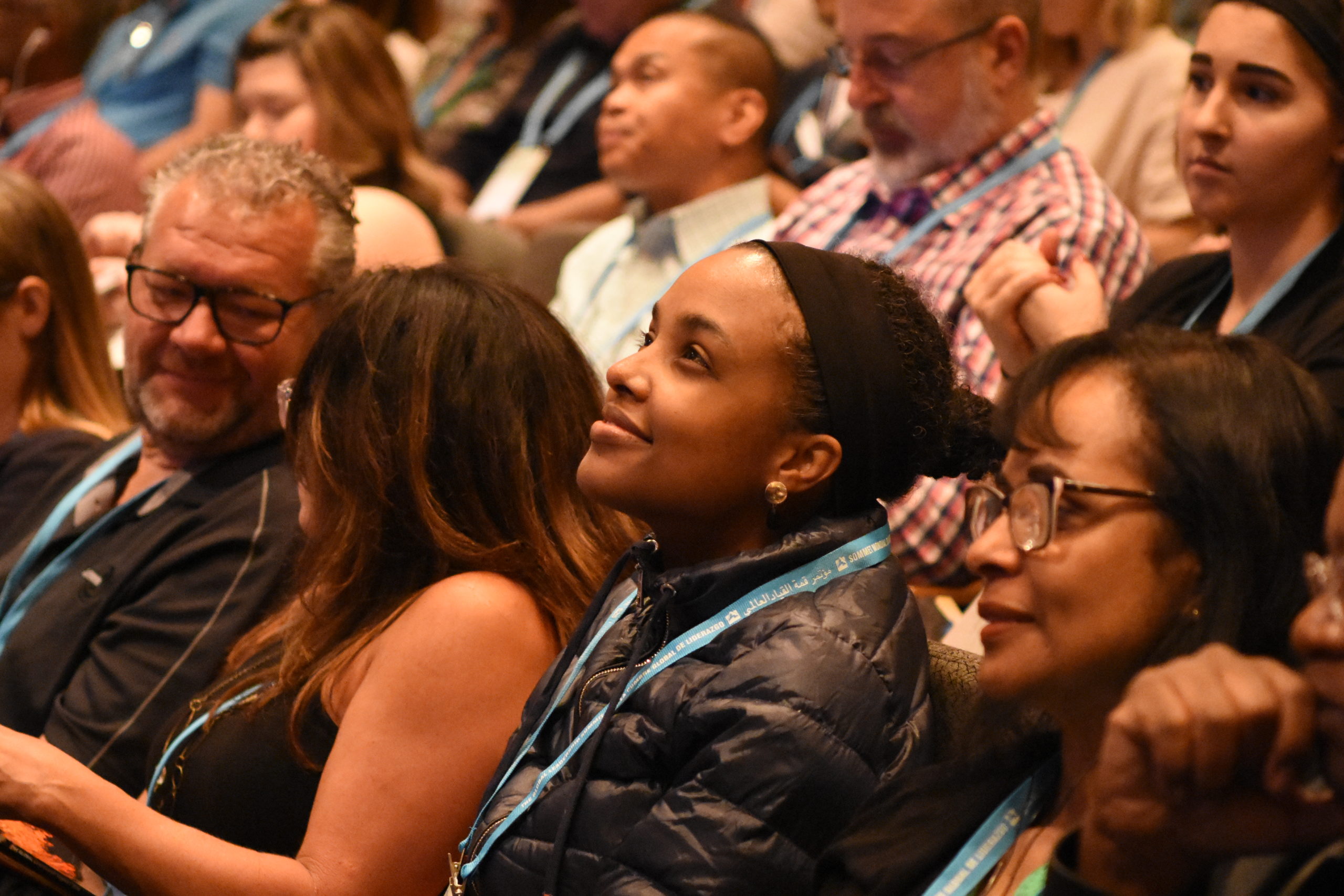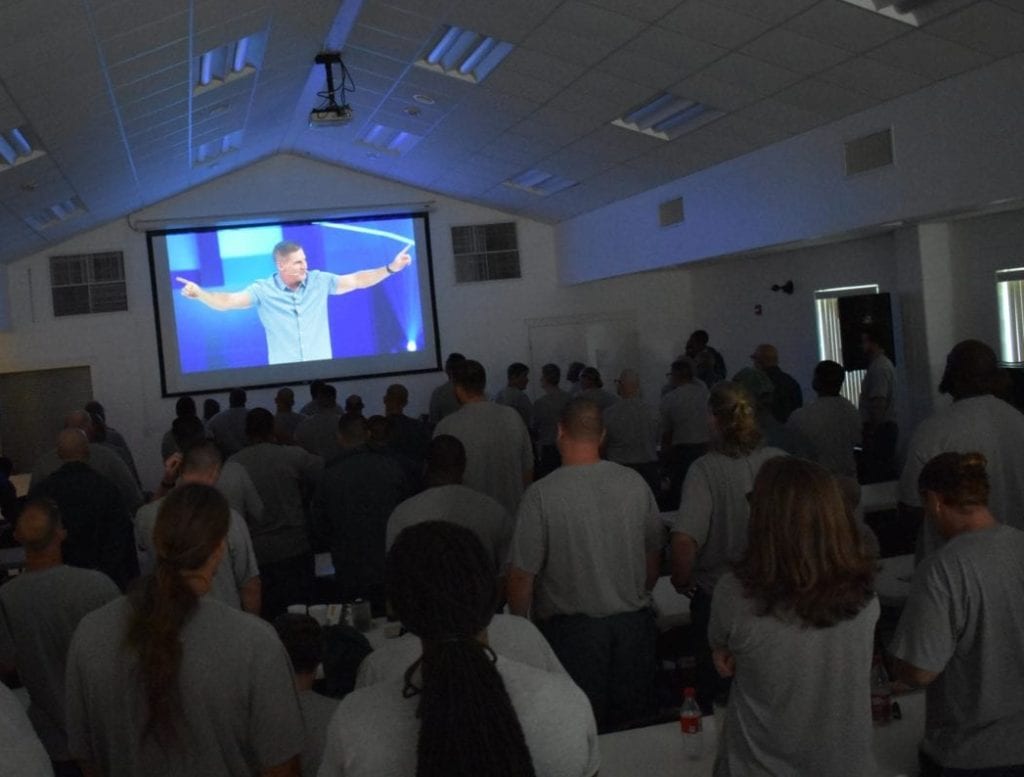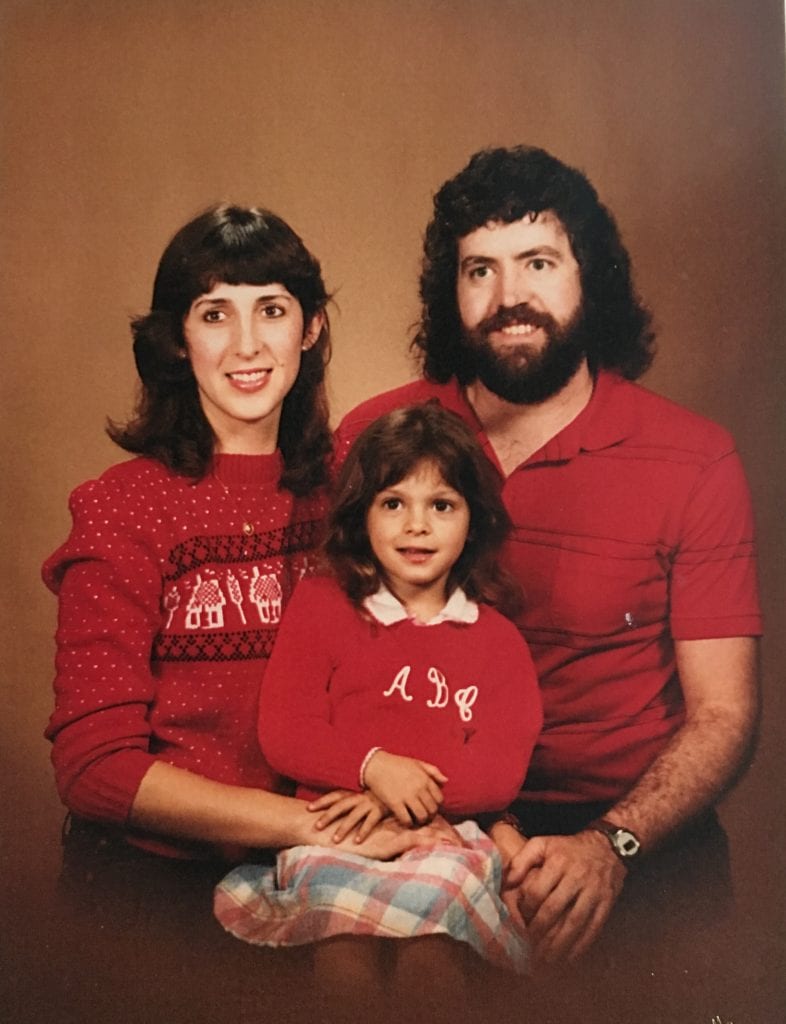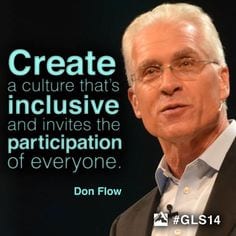
For decades, managers have been using “one size fits all” methods to motivate their teams. In his new book The Motivation Code, my colleagues and I have distilled over fifty years of research into what truly drives us. We explain that there are twenty-seven unique motivational themes in which individuals are driven to experience engagement and deep fulfillment in life and work. Once you understand your unique Motivation Code, it will forever change the way you approach your work.
This excerpt from the book explains the “why” behind our work and our hope for its contribution to human flourishing.
In our universe, energy is conserved, meaning that when you burn something, you release that potential energy into the world, where it can be harnessed. For millennia, humans have burned wood, brush, and eventually fossil fuels to keep themselves warm, cook food, and even hurtle through time and space in rockets going hundreds of miles per hour.
However, not all the fuels we use are clean. Some of them burn dirty. They leave by-products. When we burn coal or wood, they leave soot and ash. And when we burn fossil fuels, they release gases into the atmosphere that can cause harmful side effects to life on earth.
In the same way, I believe we need to be mindful of the fuels we burn to motivate our work.
Dirty Fuel
All too often, these fuels burn dirty.
Anger, seizing ownership, proving your worth at all costs, putting others down, and extracting what you can: these are “against” fuels, meaning they fundamentally oppose someone or something else. They fuel us to right some personal wrong from the past instead of focusing on creating possibility. They cause us to hold grudges.
Yes, they may produce the energy needed to get through our work, and maybe even to achieve our goals, but they leave behind residue on those with whom we interact, and on ourselves: bitterness.
And when bitterness takes root, it makes engagement, creativity, and generosity very challenging. We begin to see other people as the enemy rather than assuming the best of them. Bitterness bounds possibility, because the only options available to us are those that direct our creativity against our enemies.
When we are working against something, we will never fully feel gratified, even when we have success.
- We might need to continuously tell the story of how we bested someone else.
- We might need to remind ourselves over and over that we didn’t get the last word.
- We might need to stir up our anger toward others as we tackle new projects.
Instead of focusing on the positive impact we want to make on the world, we become obsessed with vanquishing those we feel have wronged us.
“Save every rejection letter and use it as fuel!”
“Channel your anger into your work!”
“Show them who they’re messing with!”
I hear this kind of well-intended advice handed out frequently, especially to young aspiring artists and entrepreneurs.
Like most advice, it seems profound on the surface, and actually works for some people—for a while. However, I believe this kind of dirty fuel is poorly conceived. Striving to prove others wrong will work temporarily. But once we’ve done that, what do we have? What motivates our work when we’re stuck on one side of an argument? With that mindset, we will always need another enemy to stay motivated.
The truth is, our fight to prove others wrong is born out of a fear that they might be right, that maybe we aren’t actually good enough, that we aren’t worthy of being on this stage, in this room, or on this team. When we strive to gain acceptance from someone who has rejected us, the reality is that the acceptance we crave is our own.
In the end, no level of achievement can ever quell the internal whispering of:
“You’re not good enough.”
“It’s never going to be good enough for them.”
“You don’t belong here.”
That’s why we need to choose clean fuels to motivate our work.
Clean Fuel
The Motivation Code is the cleanest fuel I’ve discovered.
Because it’s unique to each of us, it’s the best way we can make our personal contributions to the world while also feeling alive, engaged, and fully present. Operating within what naturally drives us allows us to work toward the outcomes we most crave.
- Who are you working for, not against?
- What change are you creating every single time you choose to sit down and do the work?
- What outcomes motivate you so much that you’re willing—if necessary—to suffer for them?
This is the purest form of true motivation.
The most profound work you will ever do will be accomplished only when you are burning clean fuel.
I believe this happens when you operate squarely and consistently within your Motivation Code. The world needs you to be fully alive, fully engaged, and fully yourself.
And as you move forward in hope and possibility, uniquely driven to contribute to this world, your impact will resound.
Take the MCODE Assessment to tap into the power of your unique motivation here.
Five Reasons Why Your Manager Should Care about Motivation:
1. It improves retention and increases job satisfaction.
2. Operating within Motivation Code increases the degree of discretionary energy team members spend on work.
3. Awareness of others’ motivations will improve collaboration and decrease unnecessary conflict.
4. Better alignment of tasks and natural motivations means deeper organizational engagement.
5. When people feel understood, they feel more psychologically safe within the team.
Excerpted from The Motivation Code: Discover the Hidden Forces That Drive Your Best Work by Todd Henry with permission of Portfolio, an imprint of Penguin Publishing Group, a division of Penguin Random House LLC. Copyright © Todd Henry, 2020.





 One thing that has me in awe about The Global Leadership Summit is the outlook you carry—that including us prisoners in your mission is of great importance. Labeled as outcasts and menaces to society, you show by your efforts in making the events available to us that you see us as Christ sees us—valuable. Alejandro, GLS attendee at Heritage Trails Correctional Facility, U.S.
One thing that has me in awe about The Global Leadership Summit is the outlook you carry—that including us prisoners in your mission is of great importance. Labeled as outcasts and menaces to society, you show by your efforts in making the events available to us that you see us as Christ sees us—valuable. Alejandro, GLS attendee at Heritage Trails Correctional Facility, U.S. The GLS is critical. In many areas of the world, there are multiple avenues people can pursue to fine-tune their leadership ability. But this is not true in countries like mine. Having done this for about 9 years, the GLS has now become a household word. And the result is transformation. Inevitably it’s creating a better country. It’s creating better opportunities for young people. And because we are so global, the ripple effect is creating a better world. Dr. Katurah Cooper, GLS attendee, Liberia
The GLS is critical. In many areas of the world, there are multiple avenues people can pursue to fine-tune their leadership ability. But this is not true in countries like mine. Having done this for about 9 years, the GLS has now become a household word. And the result is transformation. Inevitably it’s creating a better country. It’s creating better opportunities for young people. And because we are so global, the ripple effect is creating a better world. Dr. Katurah Cooper, GLS attendee, Liberia



 Growing up in small town Oregon I spent my summers skipping rocks on the river and taking a saltshaker out to the garden to pick tomatoes. My seemingly normal childhood—an outgoing honor roll student and varsity athlete—still had deep rooted vulnerabilities: a parent’s alcoholism that led to divorce. My mom a single mom. My school years showed that even “normal kids” from “good homes’ have traumas.
Growing up in small town Oregon I spent my summers skipping rocks on the river and taking a saltshaker out to the garden to pick tomatoes. My seemingly normal childhood—an outgoing honor roll student and varsity athlete—still had deep rooted vulnerabilities: a parent’s alcoholism that led to divorce. My mom a single mom. My school years showed that even “normal kids” from “good homes’ have traumas. During that time, I was traded between three traffickers. I was bought and sold nightly. I was branded twice. Two men tattooed their names on my back like I was a piece of cattle. My face was broken in multiple places. I was hospitalized for dehydration and over exhaustion. Several different times, I was arrested for prostitution-related charges. I attempted to escape on four occasions and made it out for a short period of time. I tried to commit suicide twice. I was trapped in a life of chaos, with no hope for escape.
During that time, I was traded between three traffickers. I was bought and sold nightly. I was branded twice. Two men tattooed their names on my back like I was a piece of cattle. My face was broken in multiple places. I was hospitalized for dehydration and over exhaustion. Several different times, I was arrested for prostitution-related charges. I attempted to escape on four occasions and made it out for a short period of time. I tried to commit suicide twice. I was trapped in a life of chaos, with no hope for escape.
 But about six years ago, a pastor friend invited me to my first Global Leadership Summit. It was being live streamed at a church nearby. He had an extra ticket, so I went. And I was just floored by what I heard. I remember being totally inspired by a speaker named Don Flow. He owns a car dealership in North Carolina, and he talked about coming alongside his employees and helping them dream. He gave them paid hours off to do what they love and give back to their community. In the process, it made them feel more invested in their work, and ultimately, they wanted to do more for the company.
But about six years ago, a pastor friend invited me to my first Global Leadership Summit. It was being live streamed at a church nearby. He had an extra ticket, so I went. And I was just floored by what I heard. I remember being totally inspired by a speaker named Don Flow. He owns a car dealership in North Carolina, and he talked about coming alongside his employees and helping them dream. He gave them paid hours off to do what they love and give back to their community. In the process, it made them feel more invested in their work, and ultimately, they wanted to do more for the company.


Recent Comments